Exploring Soweto and Johannesburg reveals a rich tapestry of history, where the vibrant streets echo the resilience of those who fought against apartheid. The Apartheid Museum serves as a compelling anchor, offering a profound look into the nation’s struggle for justice and equality. As visitors wander through Soweto’s lively neighborhoods, they encounter not only the remnants of a painful past but also the spirit of a community that continues to inspire. Yet, the question remains: how do these experiences shape today’s understanding of South Africa’s ongoing journey toward unity?
Good To Know
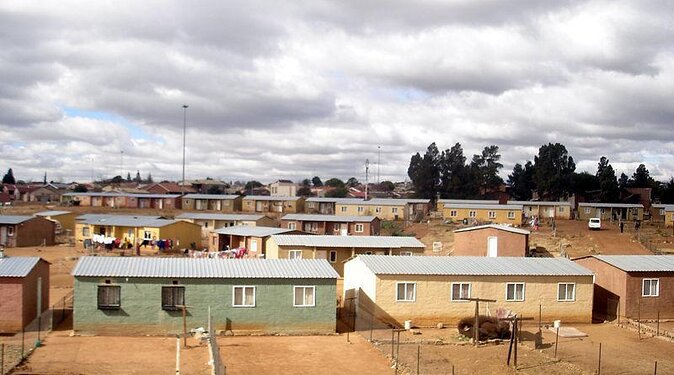
- Soweto is a historical site of resistance against apartheid, notably during the 1976 student uprisings against Afrikaans instruction.
- The Apartheid Museum in Johannesburg provides profound insights into South Africa’s oppressive past through exhibits and multimedia presentations.
- Visitors can explore the Hector Pieterson Museum and Memorial, which commemorates the courage of youth during the 1976 protests.
- Iconic homes of leaders like Bishop Desmond Tutu and Winnie Mandela in Johannesburg highlight significant contributions to the fight for equality.
- Engaging local guides enhance the experience, sharing personal stories that bring South Africa’s history and resilience to life.
Historical Significance of Soweto

Soweto is often recognized as a pivotal site in South Africa’s struggle against apartheid. This vibrant township became a symbol of resistance during the 1976 student uprisings, when youth protested against the imposition of Afrikaans as the medium of instruction.
The world watched as these brave students faced brutal police violence, igniting global outrage and support for the anti-apartheid movement. Today, Soweto stands as a testament to resilience and hope, with landmarks like the Hector Pieterson Memorial honoring those who lost their lives.
Visitors often find themselves moved by the rich history and culture, as the township showcases a spirit of community that thrives despite its challenging past. Exploring Soweto offers invaluable insights into South Africa’s ongoing journey toward equality and justice.
You can also read our reviews of more tours and experiences in Johannesburg.
Exploring Johannesburg’s Suburbs
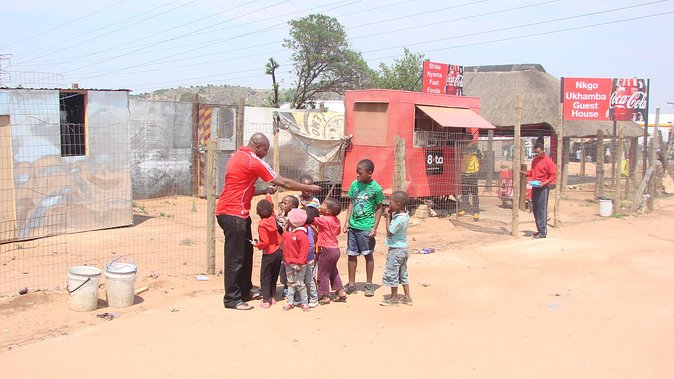
Many travelers find exploring Johannesburg’s suburbs a fascinating experience that reveals the city’s complex history and vibrant culture. Each neighborhood tells its own story, showcasing the resilience and spirit of its people.
Here are some highlights that evoke deep emotions:
-
Colorful street art that speaks to the struggles and triumphs of the community.
-
Historic homes that once belonged to iconic figures, reminding visitors of the fight against oppression.
-
Bustling markets filled with local crafts and food, reflecting the rich cultural tapestry.
-
Warm interactions with residents, who share their personal narratives and hopes for the future.
Johannesburg’s suburbs invite travelers to connect with the city on a deeper level, making every visit an unforgettable journey.
Highlights of the Apartheid Museum
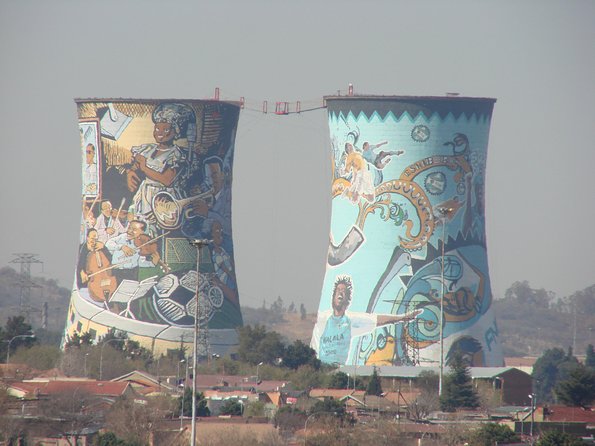
Exploring Johannesburg’s suburbs naturally leads visitors to one of the city’s most significant landmarks: the Apartheid Museum. This powerful institution offers a profound insight into South Africa’s tumultuous past.
Visitors can expect to see a variety of exhibits, including photographs, artifacts, and interactive displays that chronicle the rise and fall of apartheid. The museum’s layout guides guests through the narrative of oppression and resistance, ensuring an engaging experience.
Highlights include the poignant multimedia presentations and the moving testimonies of those who lived through that era. The museum not only educates but also encourages reflection on the country’s journey towards reconciliation.
It’s a must-visit for anyone wanting to grasp the historical context of modern South Africa.
Hector Pieterson Museum and Memorial
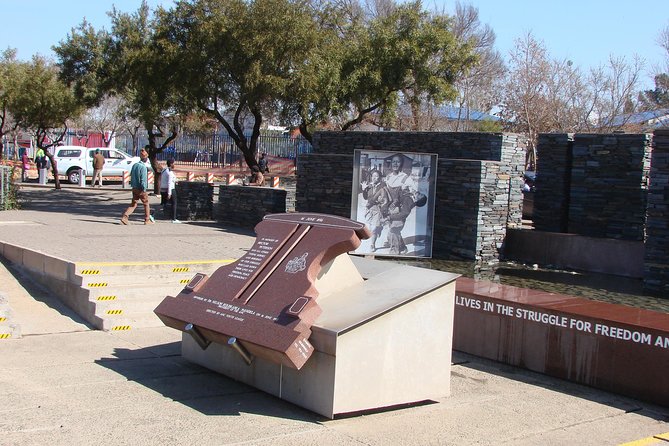
The Hector Pieterson Museum and Memorial stands as a poignant tribute to the courage and sacrifice of those who fought against apartheid.
Located in Soweto, it commemorates the tragic events of June 16, 1976, when students protested against oppressive educational policies.
This museum offers visitors a chance to reflect on the past and appreciate the resilience of those who resisted.
Visitors often find themselves moved by:
- The iconic photograph of Hector Pieterson being carried after he was shot.
- Personal stories from students who participated in the uprising.
- Interactive exhibits that bring history to life.
- The memorial garden, a serene place for reflection and remembrance.
The Homes of Iconic Leaders
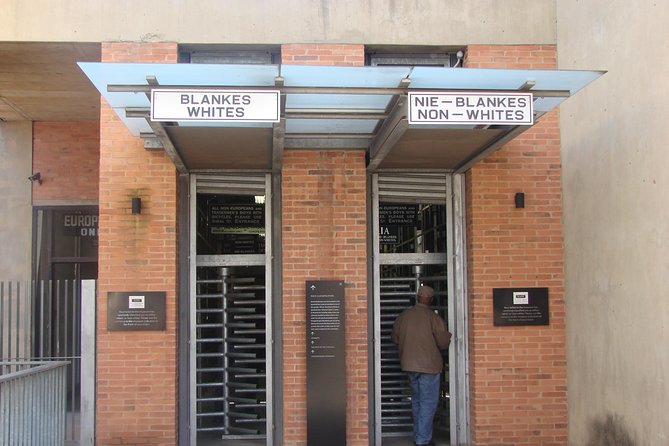
While visiting Soweto, travelers can’t miss the homes of iconic leaders like Bishop Desmond Tutu and Winnie Mandela, which offer a glimpse into the lives of those who shaped South Africa’s fight against apartheid.
Tutu’s residence stands as a testament to his commitment to justice and reconciliation, showcasing his humble beginnings and profound impact on the nation.
Just a short distance away, Mandela’s former home reveals the struggles and triumphs of a family dedicated to freedom.
Both sites immerse visitors in the personal stories that fueled the larger movement for equality.
Exploring these homes allows travelers to connect deeply with South Africa’s history, understanding the sacrifices made by these remarkable individuals in their quest for a better future.
Tour Logistics and Accessibility
When planning a tour of Soweto and Johannesburg, travelers will find the logistics both convenient and accommodating. With easy access and thoughtful arrangements, this tour offers an enriching experience without the stress.
Here are a few highlights that make it special:
- Transportation’s a breeze – No need to worry about taxis; everything’s included.
- Hotel pickups – They’ll collect you right from your accommodations.
- Daily tours – Whether you’re an early bird or prefer a late start, there’s something for all.
- Accessibility – With a maximum of 15 travelers, it’s wheelchair and stroller-friendly.
This attention to detail ensures that everyone gets to enjoy the profound history and vibrant culture of these iconic locations.
Traveler Experiences and Feedback
Drawing from a wealth of personal stories, travelers consistently rave about their experiences on the Soweto and Johannesburg tour.
Many highlight the engaging guides, especially Joseph, who share captivating insights into the region’s history and culture. Participants appreciate the blend of authentic experiences and in-depth knowledge, noting how the tour paints a vivid picture of both past and present realities.
Travelers often commend the comfort and safety provided throughout the journey, making it a stress-free adventure.
With a remarkable 98% recommendation rate, this tour emerges as a must-do for anyone visiting Johannesburg. Those who’ve experienced it feel enriched, gaining a deeper understanding of South Africa’s complex heritage while fostering a genuine connection with its vibrant communities.
Understanding Apartheid’s Legacy
Travelers who embark on the Soweto and Johannesburg tour often leave with a newfound appreciation for the complex history of Apartheid and its lasting impact on South Africa.
This journey reveals the struggles, resilience, and hope of a nation still healing from its past.
Here are four poignant reminders of Apartheid’s legacy:
- The Hector Pieterson Memorial, honoring the youth who fought for freedom.
- Bishop Desmond Tutu’s home, a symbol of faith and activism.
- The Apartheid Museum, which documents the painful history.
- Personal stories from local guides, bringing history to life.
Each stop invites reflection, allowing travelers to connect with the emotional weight of this chapter in South Africa’s story, fostering empathy and understanding.
Frequently Asked Questions
What Is the Best Time of Year to Visit Soweto and Johannesburg?
The best time to visit is during South Africa’s spring (September to November) or autumn (March to May). These seasons offer pleasant weather, fewer crowds, and vibrant local events, enhancing the overall travel experience.
Are There Age Restrictions for Participating in the Tour?
The tour doesn’t have strict age restrictions. Families with children often join, and it’s designed to be accessible for all ages. Travelers appreciate the inclusive atmosphere, making it enjoyable for everyone involved.
Can Dietary Restrictions Be Accommodated During Lunch?
The tour can accommodate dietary restrictions during lunch. Travelers should inform their guide in advance, ensuring everyone enjoys a meal that meets their needs while experiencing the rich history and culture of the tour.
Is Photography Allowed at the Museums and Memorials?
Photography’s generally allowed at most museums and memorials, but some areas might restrict it. Travelers should check specific guidelines upon arrival to ensure they respect the rules and capture the experience appropriately.
What Should I Wear for the Tour?
For the tour, she recommends comfortable clothing and sturdy shoes, as there’s some walking involved. A light jacket might help since temperatures can change. Don’t forget sunscreen and a hat for sunny days!
The Sum Up
In exploring Soweto and the Apartheid Museum, visitors connect with South Africa’s rich history of resilience and struggle. The vibrant streets of Soweto tell stories of courage, while the museum offers a sobering look at apartheid’s harsh realities. Together, they create a powerful narrative that resonates deeply. By seeing this experience, travelers not only learn about the past but also foster a greater appreciation for the ongoing journey toward healing and unity in South Africa.
More Museum Experiences in Johannesburg
More Tour Reviews in Johannesburg
Not for you? Here's more nearby things to do in Johannesburg we have reviewed
- Soweto Heritage: Tour South Africa’s Historistic Township
- Soweto: Guided Bicycle Tour with Lunch
- Soweto Street Food & Beer Walk
- Soweto: Full Day Tour
- Cultural Experience Just Outside Johannesburg
- Johannesburg: Cradle of Humankind & Harties Aerial Cableway
- Johannesburg: Half-Day Soweto Tour with a Local Guide
- Pilanesberg Game Reserve Full Day Safari
- 5 Days 4 Nights Safari Tour In Madikwe And Pilanersbeg
- Full Day Soweto, Johannesburg and Apartheid Museum Tour
- Full-Day Tour of Soweto, Johannesburg, and Apartheid Museum
- Soweto & Nelson Mandela House Visit
